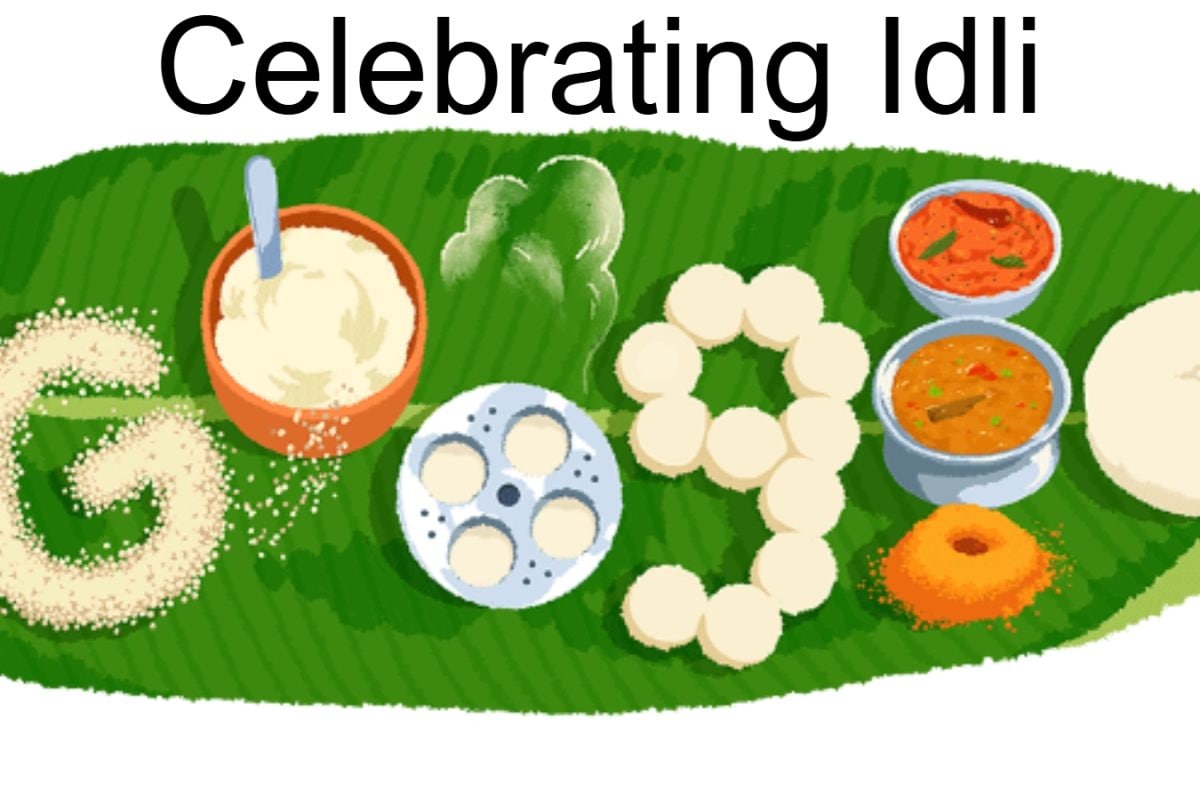Idli's Nutritional Edge
Idli, a steamed rice cake, often takes the spotlight when it comes to health benefits. The fermentation process of the batter, primarily involving rice and
urad dal (black lentils), enhances its nutritional value. This fermentation process elevates the bioavailability of nutrients, making them easier for the body to absorb. Idli is also naturally gluten-free, a significant advantage for those with gluten sensitivities or celiac disease. This breakfast item is also relatively low in calories and fat, making it a lighter option compared to many other breakfast choices. In Indian households, idli is often served with sambar (a lentil-based vegetable stew) and chutney, adding to the fiber and micronutrient intake. Given its digestibility and nutritional profile, idli often makes a compelling case for a healthy morning meal. This makes idli a good option for people of all ages, including those with digestive problems.
Pancakes' Nutritional Profile
Pancakes, on the other hand, typically consist of flour, eggs, milk, and butter, often with sugar and other additives. While pancakes can provide energy, their nutritional profile often differs from idli. The primary ingredient, refined flour, lacks the fiber and some essential nutrients found in whole grains. The addition of sugar and fat (from butter and oil) in pancake recipes can increase the calorie density. Toppings, such as syrup, whipped cream, and chocolate chips, can further contribute to the sugar and fat content. Pancakes, therefore, can be a less healthy choice, especially when consumed frequently or in large portions. However, pancakes can be made more nutritious with whole wheat flour, less sugar, and healthier toppings such as fruits and nuts. Thus, the nutritional value of pancakes heavily relies on the ingredients used and portion sizes.
Calories and Carbs Compared
When analyzing calories and carbohydrates, idli generally wins. A typical idli contains fewer calories and has a lower glycemic index compared to pancakes. This means that idli causes a slower rise in blood sugar levels. Pancakes, particularly those made with refined flour and syrup, can lead to a more rapid increase in blood sugar. This can affect energy levels and may not be ideal for individuals managing blood sugar levels. The carbohydrate content also differs, with idli having complex carbohydrates from rice and lentils, which are digested slowly. Pancakes, with their higher proportion of simple carbohydrates, may cause a quicker blood sugar spike. Therefore, when choosing a healthier breakfast option, the calorie and carbohydrate profiles often favour idli.
Preparation and Ingredients
The preparation methods and ingredients play a pivotal role in determining the health aspects of both idli and pancakes. Idli requires the fermentation of rice and lentils. This fermentation process is crucial, enhancing digestibility and boosting the probiotic content, promoting gut health. Pancakes, on the other hand, have a quicker preparation time but often include refined flour, eggs, milk, and butter, and sometimes sugar and baking powder. The ingredients in pancakes contribute to their higher calorie and fat content. Additionally, the cooking process, usually involving frying, can further add to the fat content. In contrast, idli is steamed, avoiding added fats. The nature of the ingredients and the cooking methods contribute significantly to the overall health profile and differentiate idli from pancakes.
Healthier Breakfast Choice?
In the idli versus pancakes debate, idli often edges out as the more healthful option. Its lower calorie count, lower glycemic index, and gluten-free nature make it a better choice for overall health. Furthermore, the fermentation process in idli enhances nutrient absorption and promotes gut health. However, it is important to remember that the nutritional value of pancakes can improve through ingredient modifications. Choosing whole wheat flour, reducing sugar, and adding healthy toppings such as fruits can make pancakes a more balanced breakfast. Ultimately, choosing the healthier option depends on personal preferences, dietary needs, and the ingredients used in preparation.


